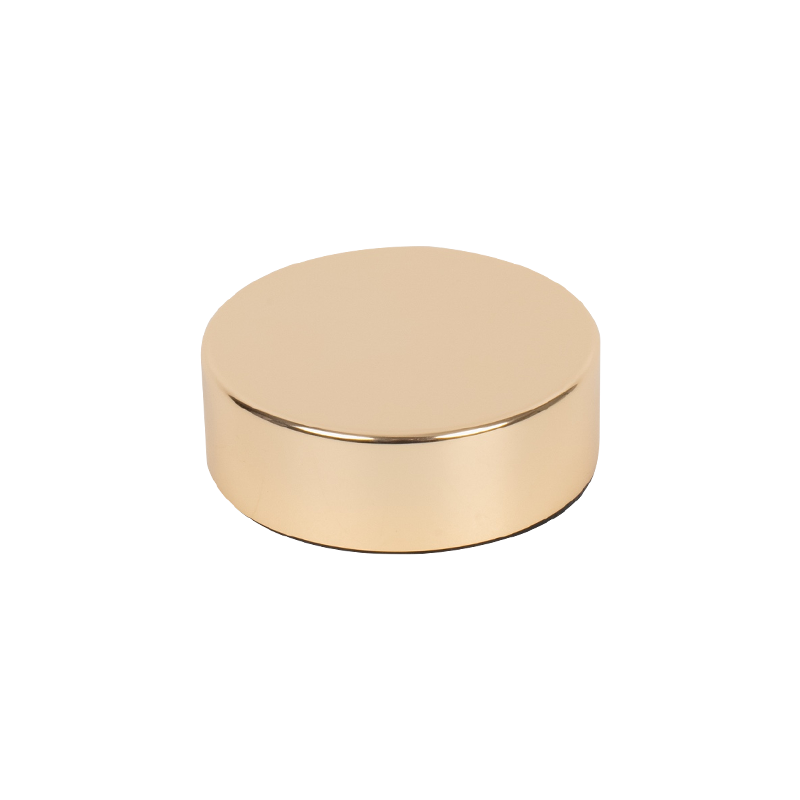Electrochemical Aluminum Spray Tilt Pump

Cosmetic plastic packaging occupies a pivotal position in the cosmetics industry. The selection of its materials is not only related to the appearance and quality of the product, but also closely related to the consumer experience and safety.
Polyethylene (PE):
Characteristics: Polyethylene is a plastic material that is lightweight, impact-resistant, transparent, and easy to form. According to its different density, it can be divided into high density polyethylene (HDPE) and low density polyethylene (LDPE).
Application: HDPE is often used to make cosmetic bottles or containers with a certain hardness and strength, such as lotion bottles, cleansing milk bottles, etc.; while LDPE is more suitable for making soft packaging bags, such as cosmetic bags, facial mask packaging bags, etc.
Pros and Cons: Polyethylene is cheap, easy to process, and has good chemical stability. However, its heat resistance and light resistance are poor, and it is prone to aging under long-term sunlight or high temperature.
Polypropylene (PP):
Characteristics: Polypropylene is a plastic material with good heat resistance and chemical corrosion resistance. It has high mechanical strength and good processing properties.
Application: PP materials are often used to make cosmetic bottles, skin care product jars, lipstick tubes, etc. Due to its good heat resistance, PP material is also often used to make cosmetic packaging that needs to be used at high temperatures, such as packaging containers for heated facial masks.
Pros and cons: Polypropylene material has high heat resistance and chemical stability, and is affordable. However, its transparency and gloss are relatively low, which may affect the appearance of the product.
Polyethylene terephthalate (PET):
Characteristics: PET is a plastic material with high transparency and high temperature resistance. It has high mechanical strength and wear resistance, and has good air tightness and water resistance.
Application: PET materials are often used to make cosmetic bottles, spray bottles, lipstick tubes, etc. Due to its high transparency, PET material can clearly display the color and texture of the product, improving the product's appeal.
Advantages and Disadvantages: PET material has high transparency, good heat resistance, and is easy to process. However, its heat resistance is relatively limited and it is not suitable for use at extremely high temperatures. In addition, PET materials may be difficult to recycle.
Polycarbonate (PC):
Characteristics: Polycarbonate is a plastic material that is strong, resistant to high temperatures and has good impact resistance. It has high transparency and gloss, as well as good processing properties.
Application: PC materials are often used to make cosmetic bottles, facial cream jars, etc. Due to its high temperature resistance and good impact resistance, PC materials are also often used to make cosmetic packaging that needs to be used in high temperature or high pressure environments.
Pros and Cons: Polycarbonate material has excellent heat resistance, impact resistance and transparency. However, its price is relatively high and harmful substances may be produced during processing.
In addition to the above-mentioned main materials, cosmetic plastic packaging may also use other plastic materials, such as polystyrene (PS), polyvinyl chloride (PVC), etc. Each of these materials has its own characteristics and scope of application, and plays different roles in cosmetic packaging. When selecting cosmetic plastic packaging materials, factors such as product characteristics, use environment, and cost need to be comprehensively considered to ensure that the packaging materials can meet the needs of the product and consumer expectations.


How to improve the recycling rate and degradability of Skincare Bottles Packaging?

What are the main performance parameters that should be considered when choosing a Plastic Emulsion Pump?
News Categories